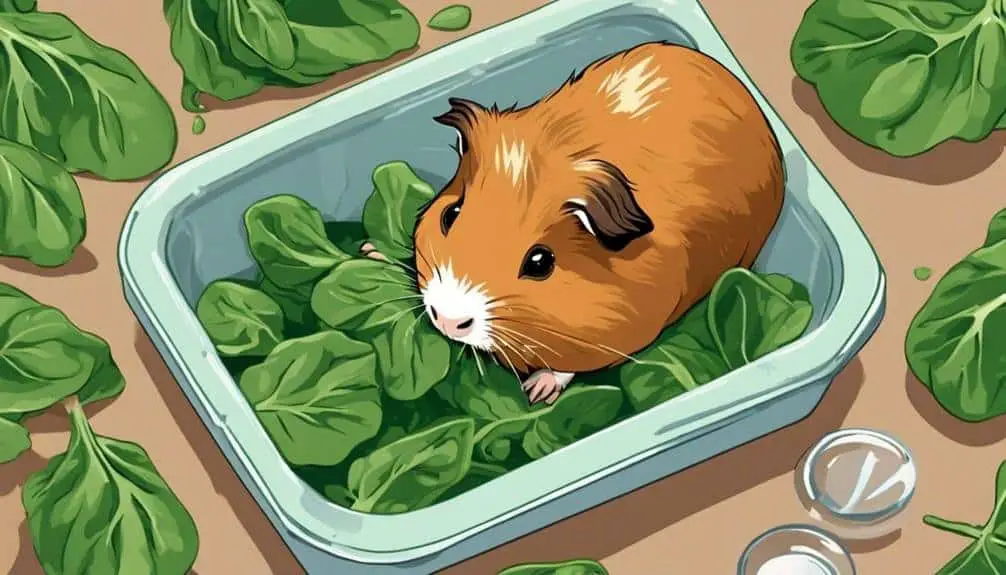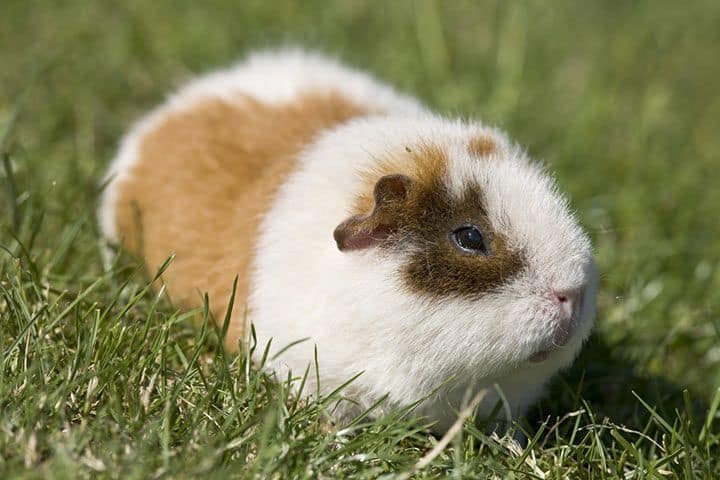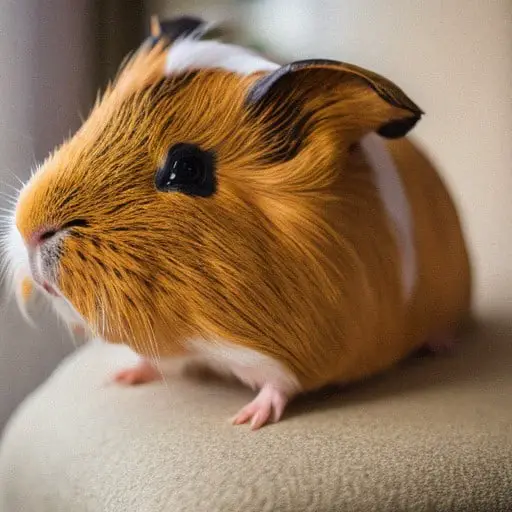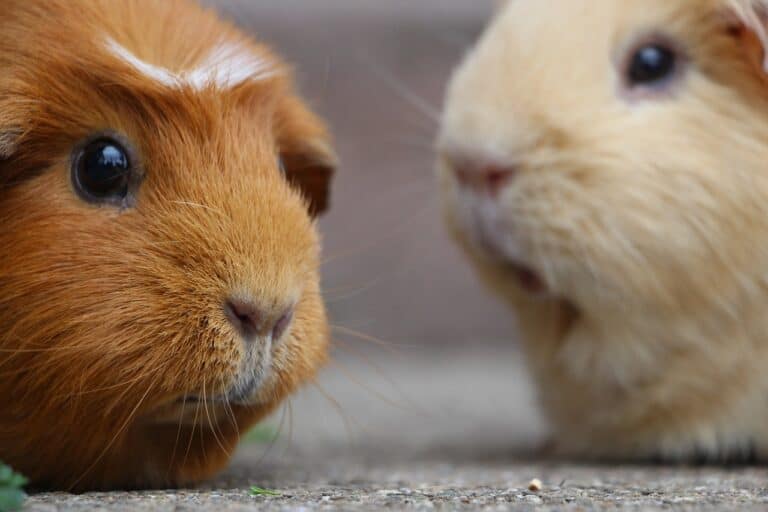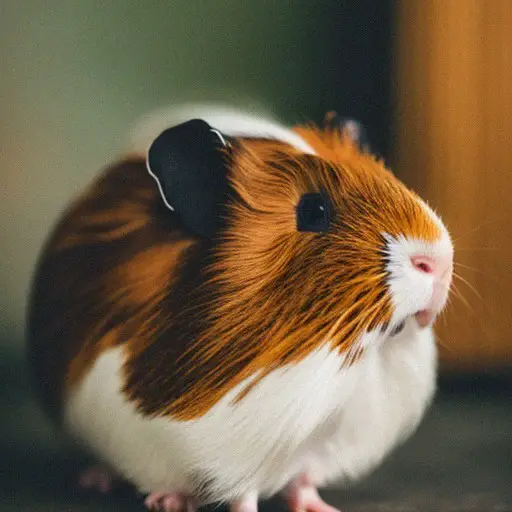How Guinea Pigs Can Safely Eat Spinach: A Guide
When it comes to feeding our beloved guinea pigs, the idea of incorporating nutrient-rich spinach can be both enticing and concerning.
While spinach offers essential vitamins, the potential risks associated with its oxalate levels may raise a red flag.
However, before jumping to conclusions, let’s explore how guinea pigs can safely enjoy this leafy green and navigate the delicate balance between nutritional benefits and potential pitfalls.
Nutritional Benefits of Spinach for Guinea Pigs
Have you ever wondered about the nutritional benefits of spinach for guinea pigs? Spinach is a fantastic addition to a guinea pig’s diet due to its high levels of Vitamin C, which is essential for maintaining a strong immune system. This leafy green contains about 28.1 mg of Vitamin C per 100 grams, making it a valuable source of this crucial nutrient for your furry friends.
Additionally, spinach provides young guinea pigs with extra calcium, which is vital for their growth and bone strength. However, it’s important to be cautious as too much calcium from spinach can lead to bladder stones in guinea pigs. This balance is key to ensuring that your pets receive the nutritional value of spinach without any adverse effects on their health.
Incorporating spinach into your guinea pig’s diet can help support their overall well-being by providing a range of essential nutrients that contribute to their health and vitality.
Recommended Serving Sizes of Spinach
Considering the nutritional needs of guinea pigs, it’s essential to carefully regulate the serving sizes of spinach in their diet to prevent potential health issues. When feeding spinach to guinea pigs, keep in mind the following:
- Recommended Serving Size: Around five leaves of spinach, weighing approximately 40 grams, is suitable for guinea pigs.
- Moderation: It’s crucial to offer spinach in moderation to avoid overloading guinea pigs with calcium and oxalate levels.
- Health Issues: Excessive consumption of spinach can lead to health problems, hence the importance of controlled portions.
- Balanced Diet: Rotate spinach with other vegetables to ensure guinea pigs receive a well-rounded and balanced diet.
Precautions When Feeding Guinea Pigs Spinach

When feeding guinea pigs spinach, it’s crucial to be mindful of the potential health risks associated with high oxalate levels in this leafy green vegetable. Spinach contains oxalates that can contribute to the formation of bladder stones in guinea pigs if consumed excessively.
To prevent health issues, it’s essential to feed spinach to guinea pigs in moderation. While spinach is a good source of potassium that helps maintain normal body functions in guinea pigs, it also contains high levels of calcium. Excessive calcium intake from spinach can lead to urinary tract problems in these small pets.
Additionally, to reduce the risk of pesticide exposure, it’s advisable to wash spinach thoroughly before offering it to guinea pigs or opt for organic varieties. By being cautious about oxalates, calcium levels, and pesticide residues, you can ensure that your guinea pigs enjoy spinach safely and without any adverse effects on their health.
Safe Ways to Prepare Spinach for Guinea Pigs
To ensure the safety and well-being of your guinea pigs, it’s essential to carefully prepare spinach before offering it to them as part of their diet. Here are some safe ways to prepare spinach for guinea pigs:
- Wash thoroughly: Rinse spinach leaves properly to eliminate any pesticides or contaminants that may be present.
- Remove any blemishes: Discard any discolored or slimy parts of the spinach leaves to ensure freshness and safety for your guinea pigs.
- Offer fresh leaves: Provide fresh spinach leaves and small stems to your guinea pigs for easier consumption and maximum nutritional benefits.
- Serve raw: Avoid feeding frozen or cooked spinach to guinea pigs, as raw spinach is the best form for their health.
Alternatives to Spinach for Guinea Pigs

Exploring various leafy green options beyond spinach can enhance the nutritional diversity in a guinea pig’s diet while providing essential vitamins and minerals for their well-being.
Romaine lettuce, kale, and cilantro are excellent spinach alternatives for guinea pigs, offering a range of nutrients to support their health.
Low-oxalate choices like bell peppers, cucumber, and zucchini can easily replace spinach in a guinea pig’s diet while maintaining a balanced intake.
Dandelion greens, parsley, and Swiss chard provide variety and essential nutrients, ensuring a well-rounded diet for guinea pigs.
For additional fiber and vitamins, carrots, celery, and green beans are healthy options to consider instead of spinach.
Safe and nutritious leafy greens such as red or green leaf lettuce, arugula, and endive can also be included to replace spinach, offering a mix of flavors and textures for a guinea pig’s enjoyment and overall well-being.
Conclusion
In conclusion, incorporating spinach into a guinea pig’s diet can provide essential nutrients, but it’s crucial to do so in moderation due to its high oxalate content. By following recommended serving sizes, preparing spinach safely, and considering alternative leafy greens, guinea pigs can enjoy a well-rounded and balanced diet.
Remember, the key to a healthy and happy guinea pig is variety, moderation, and fresh, nutritious foods. Your furry friend will thank you for it!

